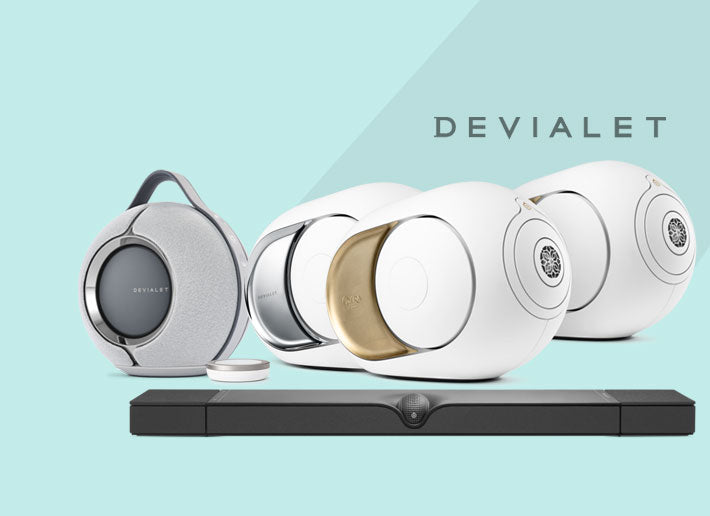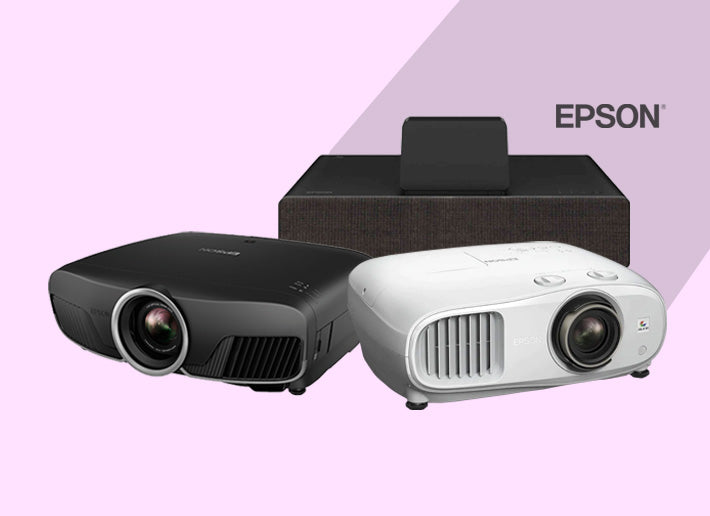
Your Blu-ray players, gaming consoles, media players, streaming devices like FireTV or AppleTV, and even the conventional TVs or projectors — all need to be connected with an HDMI (High Definition Multimedia Interface). HDMI integrates audio and video into one convenient and widely accepted cable format. That’s why the recent update of HDMI specification, HDMI 2.1 is a big deal this year.
With the big surprise, comes a volley of questions
On the surface, the introduction of HDMI 2.1 comes across as just a shining, new successor to HDMI 2.0, which is still the most common version of the HDMI standard. But the HDMI 2.1 format offers a suite of exciting features, along with massive data bandwidth for your source-to-display connection.
It also means more power to the gamers, enhanced audio and huge support for up to massive 10K resolution content. Having said that, while HDMI 2.1 promises to offer a visually appealing experience, and ease of use, it is sending some cinephiles and gamers into a frenzy, as they struggle to understand its real-world implications.
Some common questions that come to mind are:
To answer these burning questions, let’s dive into the basics, and understand what major opportunities HDMI 2.1 offers to both the average consumer and the entertainment enthusiast.
What makes this new version of the HDMI blazing hot?
- For starters, don’t worry about your 4K Ultra HD television, it's not going to instantly become obsolete with the advent of HDMI 2.1. The HDMI 2.1 standard is backwards-compatible and can be used with the existing installed base of HDMI devices. So, your TV is good to go if you have already purchased it within the past couple of years. However, if you want your next TV purchase to be as future-proof as possible, then wait to get your next upgrade. You’ll be able to buy TVs with the latest version of HDMI soon, and in all likelihood, the price point is going to be reasonable.
- The next-generation HDMI 2.1 technology offers 8K image resolution — and even 10K resolution, for that matter — at incredible frame rates of up to 120 frames per second. This will unlock the power of enhanced visuals in your home cinema set-up and are the perfect foil for the first 8K TVs that come to the market later this year.
- To leverage the increased bandwidth that comes with the recent update of HDMI 2.1, it’s best to use a new 2.1-compliant cable (Ultra High-Speed Certified HDMI cable). However, keep in mind that technology comes with the same connectors and has the same single-cable design as its tech-predecessors.
- HDMI 2.1 supports up to 48 GBPS bandwidth, which makes it a great enabler, for more content to pass through the cable to your television. Content that comes with really high resolutions or frame rates needs more space, and the increased bandwidth improves the chances of pushing that content through the wire. Now you can drive up to 10K content at 120 frames per second through an HDMI 2.1 cable, without worrying about pushing the technology above and beyond its limits. HDMI 2.1 enhances the resolution of the content and provides the opportunity to captivate the viewers with super-high-resolution content.
- HDMI 2.1 also paves way for an easier-to-use system than its predecessor technology thanks to the additional data bandwidth it allows. You can now connect everything to your TV, and then run a single HDMI cable to the receiver or soundbar without compromising on the audio quality. No clunky cables or bulky tech, just better sound!
A few other enhanced features of HDMI 2.1 include:
- Variable refresh rate (VRR) to cut down lag and frame tearing.
- Quick media switching (QMS) counters the common problem of the blank screen appearing before displaying content.
- Quick frame transport (QFT) reduces the latency for smoothness.
- Auto low latency mode (ALLM), which automates deal latency for vibrant, uninterrupted content.
A comprehensive feature comparison table — HDMI 2.0 vs 2.1
| HDMI 2.0 | HDMI 2.1 |
| 600 MHz | 5940 MHz |
| Variable transmission frequency | Fixed transmission frequency |
| Static HDR | Dynamic HDR |
| It can handle upto 4K content | It can handle upto 10K content |
| 8b/10b encoding type | 16b/18b encoding type |
| Less future-proof | More future proof, can accommodate future HDR updates |
| Good for virtual reality gamers | A better upgrade for virtual reality gamers |
| Occasional issues around screen tearing and input lag | Eliminates issues around screen tearing and input lag |
| Bandwidth at 60 frames per second | Bandwidth at 120 frames per second |
Spoiler Alert: All said and done, you won’t be able to upgrade your existing current television to HDMI 2.1, as the new technology will require new hardware, so like the millennials say, “just deal with it!”
Do we immediately need a new HDMI version?
Assuredly, it will take a reasonable amount of time for HDMI 2.1 to gain a foothold in the mainstream market– it was built for formats and resolutions, such as 120 fps content for 4K TVs or 60 fps content for 8K TVs, which isn’t currently available to a great extent. Which means, there is no tearing hurry for you to invest in new HDMI cables, just yet. It is probably a good idea to keep this in mind, however if you are planning to purchase a new device or HDMI cable.
What’s important is to keep a close eye on these changing trends and HDMI standards so you know what to expect, and not be like a deer caught in the headlights.
Hopefully, our rundown of HDMI 2.1 has helped you understand nuances of this change in a simple way and shown how HDMI 2.1 is definitely a big upgrade over the existing HDMI 2.0 standards.









